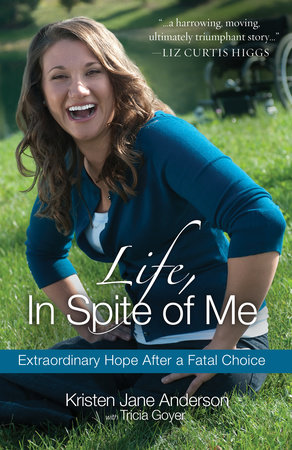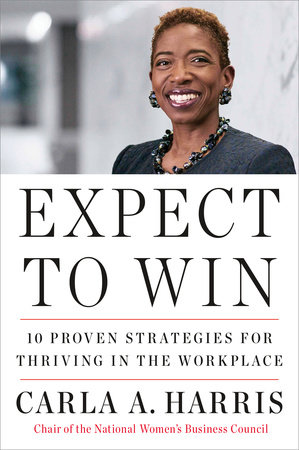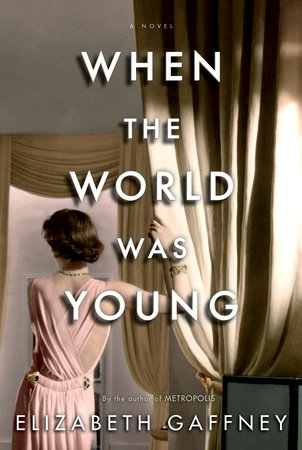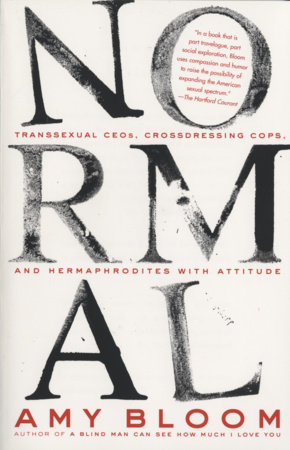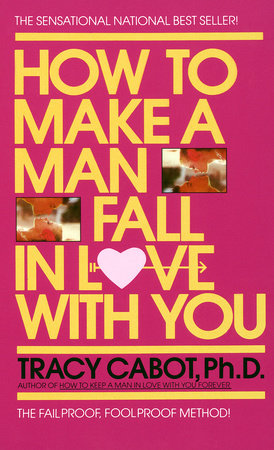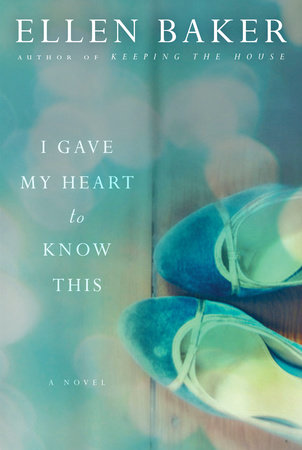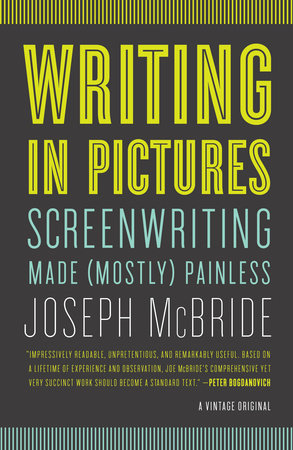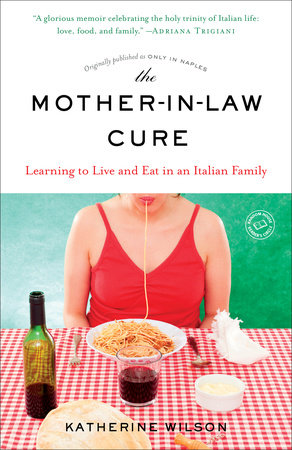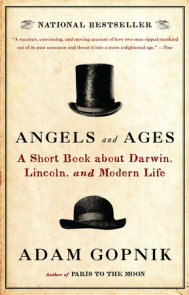Author Q&A
Q: In your bestselling book Paris to the Moon, we learned about your family’s life in Paris.Through the Children’s Gate told of your adventures when you moved back to New York. Where does At the Strangers’ Gate fit into these narratives? And why write this book now?
A: This was, in effect, my ‘prequel’—horrible but helpful word—to those other two volumes of memoir-essays or whatever we’re calling them. I had been encouraged to do it for a long time by friends who enjoyed hearing my slightly hair-raising tales of arriving and failing in New York, but could never find quite the right voice—the right tone—to put them down on paper.
When I began telling some of the stories about our arrival in Manhattan for The Moth—our wonderful local, (now, thanks to PRI, national) story-telling group—the right tone somewhat magically emerged: a fable-making, early Chagall-like feeling—true but true in the right, slightly hallucinatory, comically-self-deprecating and even magically-absurdist way I had been searching for without knowing it. A less consciously written tone than my earlier books had often had. My last two books, The Tables Comes First and Angels and Ages, were very written—well-written, I think, to be sure, each sentence hand tooled and lacquered over and over, again and again, until the surface finish of metaphor and alliteration and rhythm was, or seemed to be, impermeable. (Even when, as I’m sure was sometimes the case, it was merely implacable.) This one is, or at least began, as something more spilled out unselfconsciously spoken.
Once I had a voice I had a story, or several—though the voice had then to be aerated and amplified with the many more ideas and sub plots that a written essay demands. As I was writing, a set of mini-anthropologies materialized before me to interpose with the fables—little microscopic accounts of how the art world, the fashion world, the publishing world, the eating world, all worked in that now remote era. This created a funny kind of tension, I hope productive, between the comic folk tale telling and the more discursive and highbrowish ‘anthropologies’. The tension between two different things pulling in different ways, (it’s one of the themes of the book!) is, as I learned in the eighties, all that real art is made of. (So that Matisse, to give an example and name a master, is both a faux naïf simplifier of form and a suave master of it.) This book’s art is meant to be found in the tension between the ingenuous story telling voice and the more knowing analytic one. This may make it merely two faced rather than artful. I’m the last to know.
Q: In At the Strangers’ Gate, you write about many firsts, including your first job and your first apartment. What was it like for you to look back and reflect on that time in your life?
A: I am startled both by the stupidity of our courage in undertaking that pilgrimage at that time—two kids from Canada just out of college, and barely out of their teens got on a bus to come to New York when the dark cloud of crime and despair that had blighted the city in the nineteen seventies was still in place—and, paradoxically perhaps, by the sweetness of our life once we arrived. We lived more or less at Bloomingdale’s, and then up and down First Avenue, going out for dessert every night at David’s Cookies and Sedutto and even Carvel. Bloomingdale’s was the place where we argued over lunch, and First Avenue became the room we retired to after dinner.
But, really, nothing has changed. Of course, everything has changed—now I look up at night at the windows of our apartment, coming home from the Duane Reade across the street at midnight, see the silhouetted shapes within them and think, I live there! We live there—Martha and I.
With a girl, a boy, a bird and a dog. But inside I don’t feel one whit different from then—the same general budget of happiness and unhappiness, striving and failing and succeeding. “We start our day with coffee/we end our day with wine/and somewhere in the time between/lies the day we left behind.” That was a song lyric I wrote at the time. It was true then, and true now. There is some Buddhist truth here about human desire and its fulfillments, i.e. that they never stop and always feel the same and are always beginning again in exactly the same way that they began back when. Which, come to think of it, is one of the morals of the book.
Q: What’s the biggest difference between living in New York in the 80’s and today?
A: Of course, the biggest difference is the digital or internet revolution—whatever we want to call that. It is unimaginable now that we waited for news from newsmagazines on Monday mornings, picked up magazines when they appeared fresh on the stands on Wednesday. The infrastructure of information is so different that it is hard to quite credit a time when people waited anxiously for Wednesday’s paper or Monday’s magazine.
Q: When did you first feel like a true New Yorker?
A: There’s a story in the book just about this—not until a plague of mice drove us temporarily out of our apartment, and out onto the avenues, to walk to a friend’s house uptown, with the knowledge that we are the mice of our own New York lives.
Q: You lived in SoHo as it became a booming art dealer neighborhood. What do you think of SoHo today?
A: I still love to go back—to see the streets, the beautiful cast iron facades, to eat in a restaurant or two. (A couple, Raoul’s and Lupe’s, for instance, still remain.) But nothing—really nothing—is left of the culture of the ‘art village’ that I knew and try to anatomize in this book. It’s as vanished as Pompeii is, for that matter, the still German-oriented Yorkville culture of 1980. New York exterminates sub-cultures with the same rapidity that it produces them.
Q: Of your first NYC jobs at the Frick, MoMA, GQ and others, which one do you think was the most formative?
A: Oh, certainly the one at MoMa. A sort of job that taught me I was better at story telling than at scholarship: a truth that ought to have been clear. I was detained in art history for a time by having as my teacher the finest teacher I have ever known, the tragically late Kirk Varnedoe. I didn’t include more than a side glimpse of Kirk in this book because I had written about him at such length and with so much clarity of detail in Through the Children’s Gate. Having got him right there, I didn’t want to get him wrong now.
Q: One of my favorite passages is your theory that “all unhappy marriages have many different quarrels in them, while all happy marriages have the same quarrel, over and over again.” For you and your wife, that argument is about how to cook meat, well-done or rare. Does that argument still stand?
A: Oh, yes, Martha and I have that still as an argument—so much so in fact that I could set the argument as well back in the eighties, where it began, or in the current year, or in any year between, and have pretty much the same parable. We never get past it really: I do make things too rare for her, she complains, the children adjudicate the argument. Winter is the time for braises, and the quarreling stops, only to renew again in grilling summer.
Q. What’s next for you?
A: Though At the Strangers’ Gate has less straight New Yorker material than all of my previous books, I do have four projects in various stage of simmering on the New Yorker hob: one a book about what liberalism really is and why we need it, which will incorporate the essays I’ve written about Smith, Mill, Burke and Popper; another enlarging on the series of essays I’ve written about learning to do things—to bake, to drive a car, to draw; and finally, and almost thirty years late, a book about the lives of American artists, also drawn from our pages. And then there is my big undone book, a memoir of my strange and original family, a self-made, or rather parent-made family of six intellectual kids and two intellectual parents and much magic—and some stress and sadness, too—in the making. It has a title already: Just Us, after a line in a letter from John Berryman to his mother where he asks, innocently, “Are all families crazy? Or is it just us?”



